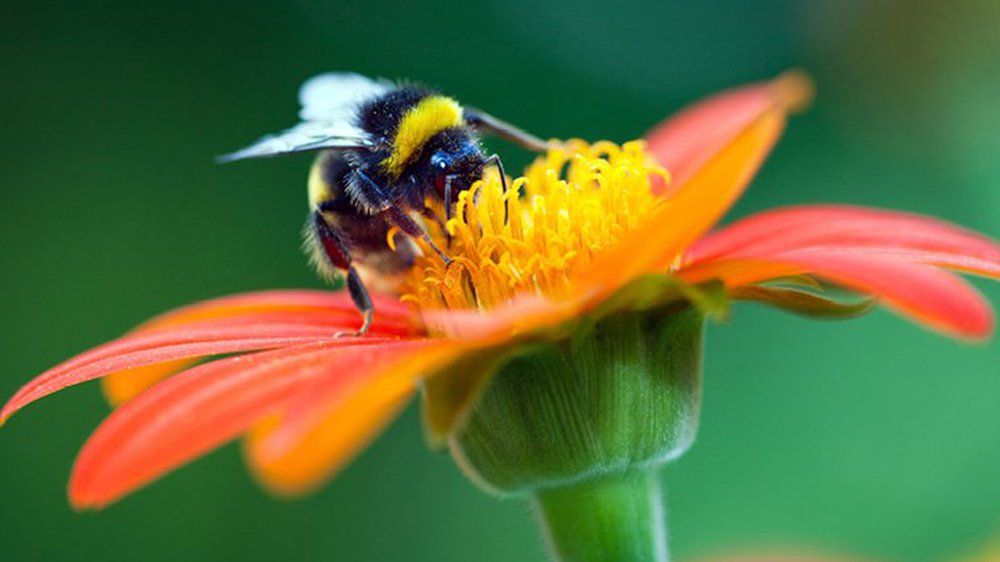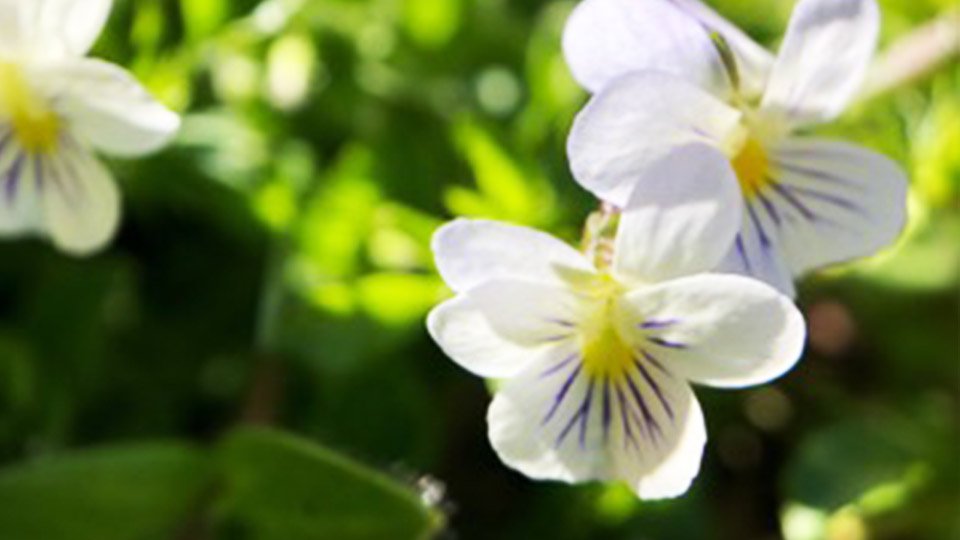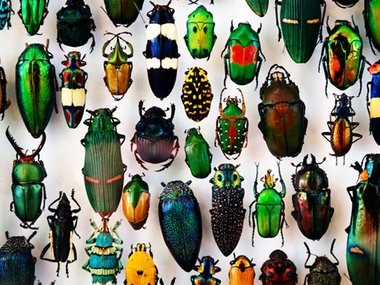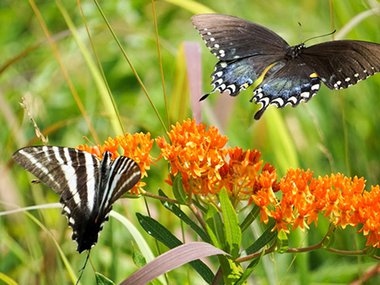Pollination Syndromes: The Evolutionary Relationship between Your Garden and Its Inhabitants
Pollinators are great for our environment. Bees, butterflies, birds, bats, and bugs are what keep your plants alive and happy. We invited our friends at Strange’s Florists, Greenhouses & Garden Centers to explain the relationship between what's in your garden and its inhabitants, and to give a few tips about how to pick plants that benefit both you and our important pollinators.

Image credit: Getty Images
Pollinators have evolved special tools to access food with better ease. Likewise, the flowers each pollinator is attracted to have evolved to make it as alluring as possible. The shape, color, and smell are all specially adapted to be appealing to different creatures. These co-evolutions are called pollination syndromes, and refer to the methods that flowers use to reproduce. If you look at the long beak of a hummingbird, it makes sense that an equally long flower would be its ideal snack.
If you want to welcome a variety of friendly pollinator visitors to your garden, it’s a good idea to keep these distinctive features in mind when choosing your plants. Here are some tips on what flower traits pair well with different pollinators. Bonus: keep in mind that most flowers attract more than one pollinator!
Shape
In most cases, a wide landing area and open flower encourage bees, flies, and butterflies to visit. These pollinators like having enough room to land and pick up pollen on their legs. Wider flowers to keep in your garden include:
- Daisies, buttercup, asters, calliopsis, marigolds, poppies, sunflowers, zinnias, clematis, cosmos, crocus, dahlias, echinacea, geraniums, rock cress, tansy, bee balm, cone flowers, milkweed, verbena, butterfly bushes
As mentioned earlier, flowers that have deep tubes are great for the long beak of a hummingbird, but they also work well for the proboscis of a moth or butterfly. Those lepidoptera usually hover next to the bloom and stick their tongue in to collect nectar. Here are some ideal plants in that shape:
- Cardinal flowers, fuchsia, columbine, trumpet vine, hibiscus, bird of paradise, eucalyptus, sweet peas, jasmine, petunias, calibrachoa, cuphea, salvia, lilies, hyssop, phlox, azaleas, esparanza, trumpet honeysuckle, fly honeysuckle, delphinium, dianthus, foxglove, heuchera, hollyhock, lobelia
Color
In addition to the shape, it’s important to pay attention to the colors of the flowers you are planting in your garden. The pigment in the flowers plays an important role in the pollination process. Generally, the pollinators are pickier about this than the shape!

Image Credit: Getty Images
Butterflies like bright red and purple blooms, and birds are attracted to vibrant reds and oranges. Our nocturnal friends, the bats and moths, like night-blooming purple and white blooms.
Bees prefer flowers that are bright white or yellow. They can even pick up on different colors based on the UV lighting. Silverweed is a five-petal all-yellow flower. When photographed with UV lighting, the bloom as white edges and a large red center disk. That red coloring serves as a beacon to the center of the flower, or the pistil, where the pollinator wants to go.
Thankfully for those of us without UV eyesight, we can still observe flowers that have similar attractive markings. On a viola, yellow highlights stand out against deep purple petals, and little lines guide the pollinator straight to the center. Patterns like this help both the plant and the pollinator!
Variety
Native flowers are by far the best option for attracting local wildlife and maintaining a healthy ecosystem. Make sure you do some research so the plants you pick are not invasive. For example, some vining varieties of honeysuckle can do more harm than good to your garden. The Virginia Native Plant Society has free PDFs you can browse on their website to see which flowers might work best in your area and for your yard type (sun/shade, wet/dry, etc.).
If you’re not picky about your garden space and/or don’t have a lot of time to give individual attention to each plant, a good choice might be a mix of native blooming wildflower seeds. And even if you don’t have a huge yard, or don’t want to have to maintain flower beds, consider adding that native wildflower seed bunch to a large pot and setting that outside for the pollinators to enjoy.
Planting with pollinators in mind can help your garden thrive. Whether you’re growing veggies, herbs, or flowers you find beautiful, it’s always a good choice to do your best to welcome them into your yard.



